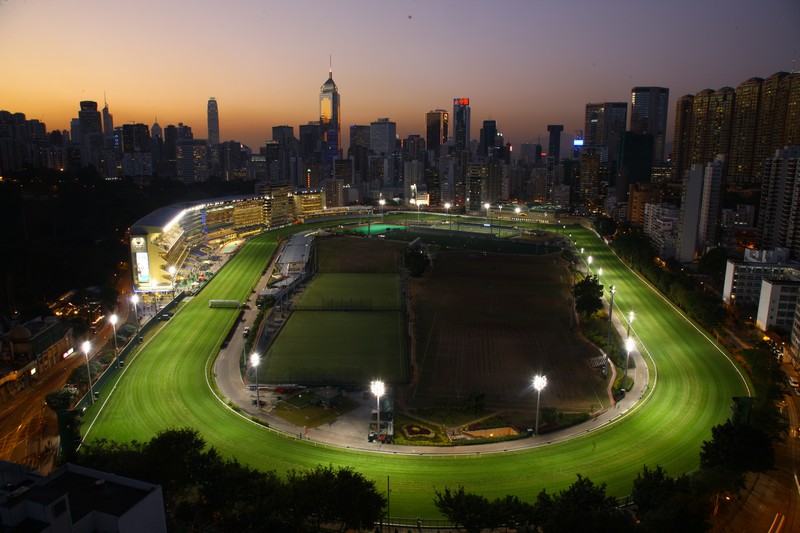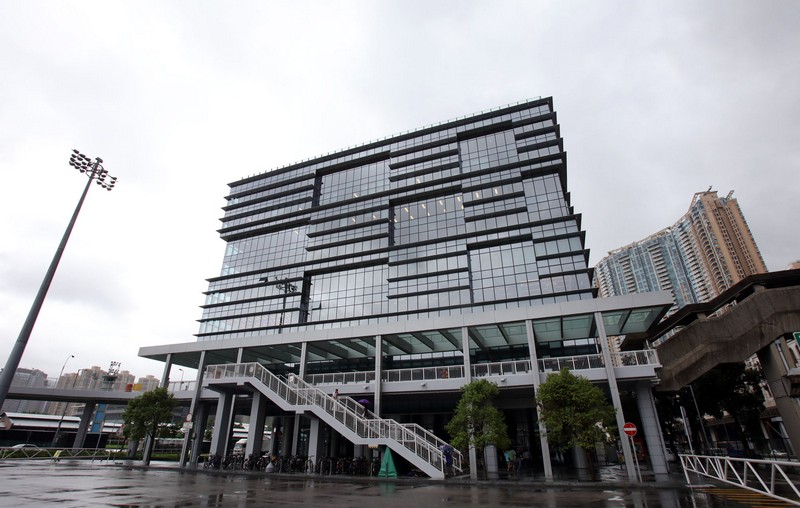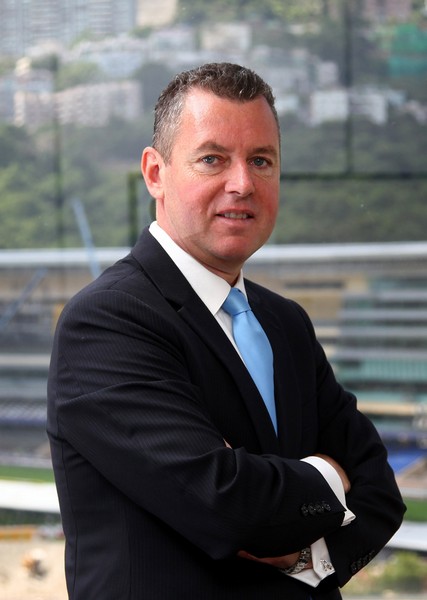With strategic asset management being a major driver in the property industry, the Hong Kong Jockey Club, which oversees and manages one of the largest and most complex asset portfolios in the city recently undertook a sweeping overhaul of its current practices and methodology, positioning the Club at the forefront when it comes to asset health and facilities management.

Happy Valley Racecourse
The research which was led by Graham Tier MRICS, the Club’s Head of Property Facilities Management and his team, ultimately led to the creation of the newly established “Property Asset Health Management Policy” and the new framework allowed the Jockey Club to assess property health and needs across its entire portfolio in a systematic manner.
Over the past several years Tier has been responsible for major transformation within the club starting with implementation of best practice Maintenance Management techniques for all’s it property assets, comprehensive energy management programs, followed by the Club wide Facilities management transformation program aligning services and responsibilities with capability and he is now demonstrating regional leadership in Strategic Asset Management.

In the past before the changes the divisional structure made it difficult to get a clear picture of the overall property operating costs and asset health which posed as a major challenge to the organization.
Starting approximately two years ago and initially trigged by an internal review of the asset database in 2010, the team at the Jockey Club looked at global best practice from Europe, Asia, Australia and New Zealand and found that some governments had successfully ventured through a similar process. Despite having a number of international benchmarks at hand, the Jockey Club found very few cases locally that provided guidance on how to actually develop a framework suitable for its asset portfolio, ranging from the iconic race courses and residential property to retail sites.
As the traditional approach to asset management health at the Jockey Club had been “time based” where the condition assessment was heavily inclined towards a cyclical review (based on e.g. estimated wear and tear) regardless of its actual state, the new approach allowed the team to look at an asset from a uniform condition based perspective, leading to fewer inconsistencies and increased transparency. Thanks to the facilities management transformation process, the Hong Kong Jockey Club was able to not only accurately measure the cost structure across the entire property portfolio but also clearly outline the actions needed to meet key deliverables and ensure that the asset performance is in line with defined target levels across the asset life-cycle – a vital aspect when you oversee an asset portfolio with a replacement value in excess of HK$ 33 billion.

Graham Tier Head of Property Facilities Management The Hong Kong Jockey Club
The team consulted global standards such as PAS 55/ISO 55000 and RICS in order to ensure that their new Policy would be up to par on an international level, which was the goal from the very start. As a RICS Asia Board Member, Mr Tier was naturally familiar with the RICS guidelines – working with an internationally recognized organization with an accredited standard was an absolute necessity for the Jockey Club and the clearly defined RICS format for cost estimation principles and Work Breakdown Structure proved to be in particularly useful when developing the new Policy framework.
The new Policy, albeit demanding in nature, has been well-received by the stakeholders at the Jockey Club’s three organizational levels (strategic, tactical and operational) and serves as a key instrument for Facilities Management to ensure that the asset portfolio meets both the intended purposes and adhere to statuary compliance from a legal angle. With the new methodology in place the Jockey Club also expects to see significant benefits on in supply chain Demand, as better planning and upkeep coupled with improved forecasting models will lead to more efficient procurement. Said Mr Tier “The process has greatly improved the overall transparency of our property portfolio and as we are now getting involved in an early stage for new developments we can ensure that the Asset selection is done in a cost-efficient manner based on Life Cycle Costing LCC”.
The Club’s most recent project is the revitalisation project of the Central Police Station (CPS), which is a partnership between the government and the HKJC Charities Trust in order to transform the heritage site into a contemporary art and leisure hub. “According to the agreement, the Club (via HKJC CPS Ltd) is required to manage the property in future years and we will apply the same methodology for asset health evaluation, as it will be paramount to exercise stringent cost control for the site”, says Tier.











